The Pioneers
| This page mostly contains slightly improved scanned reproductions of pre-WWI postcards. Quality may not always be as good as one would wish but the historical importance more than makes up for this. |
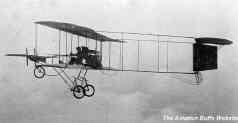 |
Voisin (1909) One of the pioneers of French powered flight, Gabriel Voisin's biplanes became reknown for their stability. Several aircraft, including the racer illustrated, were built to order. |
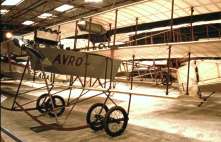 |
Avro Triplane Owned by the Shuttleworth Thrust, this aircraft still is airworthy, nearly 100 years after its first flight ! |
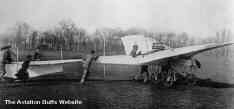 |
Gastambide-Mangin monoplane (1908) Precursor to the Antoinette series of monoplanes, this modern-looking aircraft made some succesful flights. |
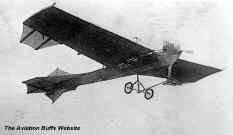 |
Antoinette VII monoplane (1909) One of the first modern-looking monoplanes, the Antoinette was the type of aircraft in which Hubert Latham tried to cross the Channel, the 30 km stretch of sea separating France and England. He failed twice, its V-8 engine cutting out above the water on both occasions. |
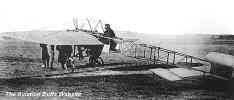
|
Bleriot XI (1909) Most important competitor to Hubert Latham for the cross-channel flight, Louis Bleriot made it on his first attempt on July 25, 1909. The very simple 3-cylinder 25hp Anzani engine allegedly received some much needed additional cooling from a bit of drizzle when nearing the English coast. Louis Bleriot instantly turned into a national hero, England was no island anymore. |
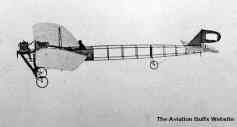 |
Tellier monoplane The best compliment to a good design is a better copy. Whether the Tellier was better than the Bleriot XI it tried to imitate is doubtful, but it sure was a flyable aircraft, as evidenced by this picture. |
 |
Deperdussin monoplane (1909) The cross-channel flight of Louis Bleriot proved the soundness of monoplane aircraft, and several builders followed Bleriot's example. One such aircraft was the Deperdussin monoplane, which looked extremely modern by the standards of the day. The Deperdussin company later became known as SPAD, famous for its S.VII and S.XIII fighters during the First World War. |
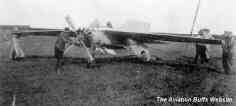
|
R.E.P. II Robert Esnault-Pelterie may not have designed the most gorgeous aircraft, but his aircraft contained some important innovations. The method of controlling an aircraft in the air differed wildly between different designs, but Esnault-Pelterie's system was the first standardised system (stick and rudder pedals) which is still in use to this day. |
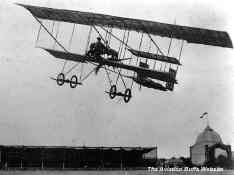
|
Farman Type III (1910) The Farman brothers Henry and Maurice wanted to become part of the ever-increasing number of aviatiors and ordered a Voisin biplane. Gabriel Voisin, however, decided to sell the aircraft built for the Farmans to someone else. The brothers were very disappointed and decided then to construct their own aircraft based on the Voisin design. Their Type III can easily be termed one of the most successful prewar aircraft, being licence-produced by several companies and illegally copied by others. Gabriel Voisin probably did not intend it this way ! |
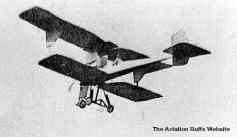 |
Breguet One of the other well-known French aircraft pioneers was Louis Breguet, who was able to commercialize this strange flying machine. |
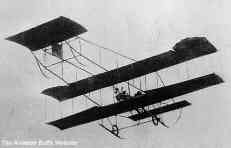 |
Sommer biplane Loosely based on the Voisin and Farman designs, the Sommer was another successful aircraft. It was used in many prewar races and meetings and set some records. |
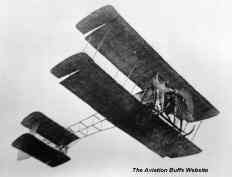 |
Goupy II (1910) Although not well-known, the Goupy is said to be the father of the modern biplane. Its construction techniques are still in use today, the tractor propellor and ailerons being seen on most aircraft. |
If you entered this page directly and want to check out the rest of my website : click here to go to my Homepage. |
Last update : 22/07/00 - (c) Guido Van Roy